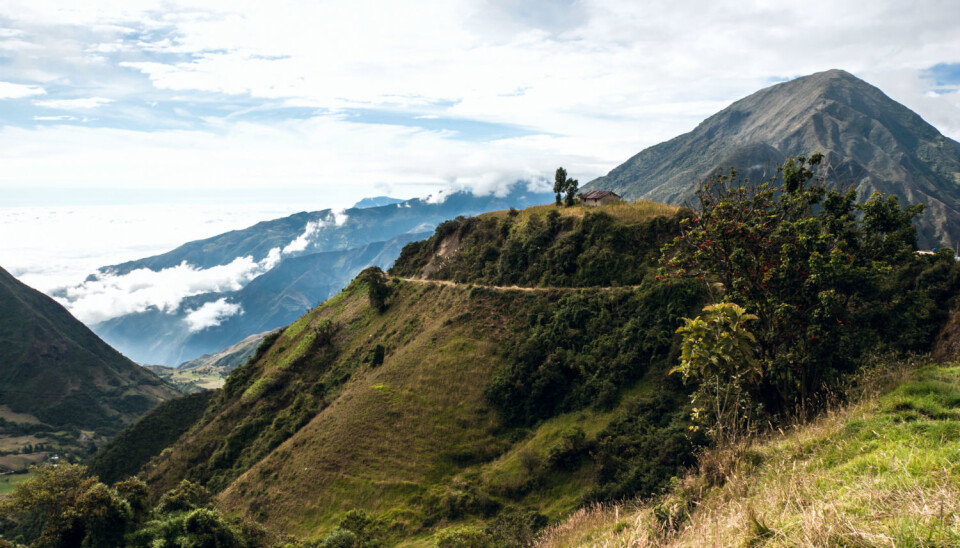An article from Norwegian University of Life Sciences (NMBU)

Carbon storage in the Andes makes economic sense
Letting nature reclaim cattle pastures in the tropics is an economically effective way of tackling climate change. It can also protect biological diversity.
Denne artikkelen er over ti år gammel og kan inneholde utdatert informasjon.
An international research team has been looking at biological diversity and carbon capture in the western Andes mountains in Colombia.
This is an area of high biological diversity, but it is also one of the world's most threatened ecosystems, because of deforestation.
The researchers compared primary forest, secondary forest, forest that has been subject to some felling and cattle pasture.
They then performed an economic analysis to investigate whether theoretical carbon payments that the farmers receive for letting the forest grow could be better than the return on cattle farming.
The study has been published in Nature Climate Change.
Profitable carbon capture
The researchers found that landowners could earn as much, or even more, by "growing" carbon instead of letting cows graze, and would receive about 2 U.S. dollars per tonne of carbon dioxide stored in the growing vegetation.
"That is cheap in relation to other tropical areas, says research scientist Torbjørn Haugaasen of the Norwegian University of Life Sciences (NMBU).
For comparison, the average price of carbon credits was approximately USD 6 in 2013.
Positive for biological diversity
The researchers' results show that, in addition to the economic argument and the climate benefit, such a scheme would lead to considerable benefits for local biological diversity.
"We selected two groups, birds and dung beetles, and compared the colonies of these groups in the different areas," explains Haugaasen.
He says that after 15 to 30 years of regrowth, the biological diversity of secondary forest is similar to that of primary forest.
These forests have also reclaimed about half the carbon found in primary forest.
More carbon is stored every year, and a large number of highly threatened species also return. The researchers found 33 of the 40 red-listed bird species that are threatened with extinction in secondary forest.
"The study shows that converting pasture into secondary forest makes a relatively rapid contribution to increasing the populations of many critically threatened species," says Haugaasen.
"And it does so cheaply."
Win-win situation
The authors conclude that such an incentive system in the tropical Andes would be a golden opportunity for reducing the loss of biodiversity and increasing carbon storage.
In this way, many environmental benefits would be gained at minimal economic expense.
"The economic resources available for tackling climate change and loss of biological diversity are limited, which means that there is a pressing need to tackle both problems simultaneously," stresses Haugaasen.
"The effects of reducing the loss of biological diversity and climate change at the same time can be enormous."






























